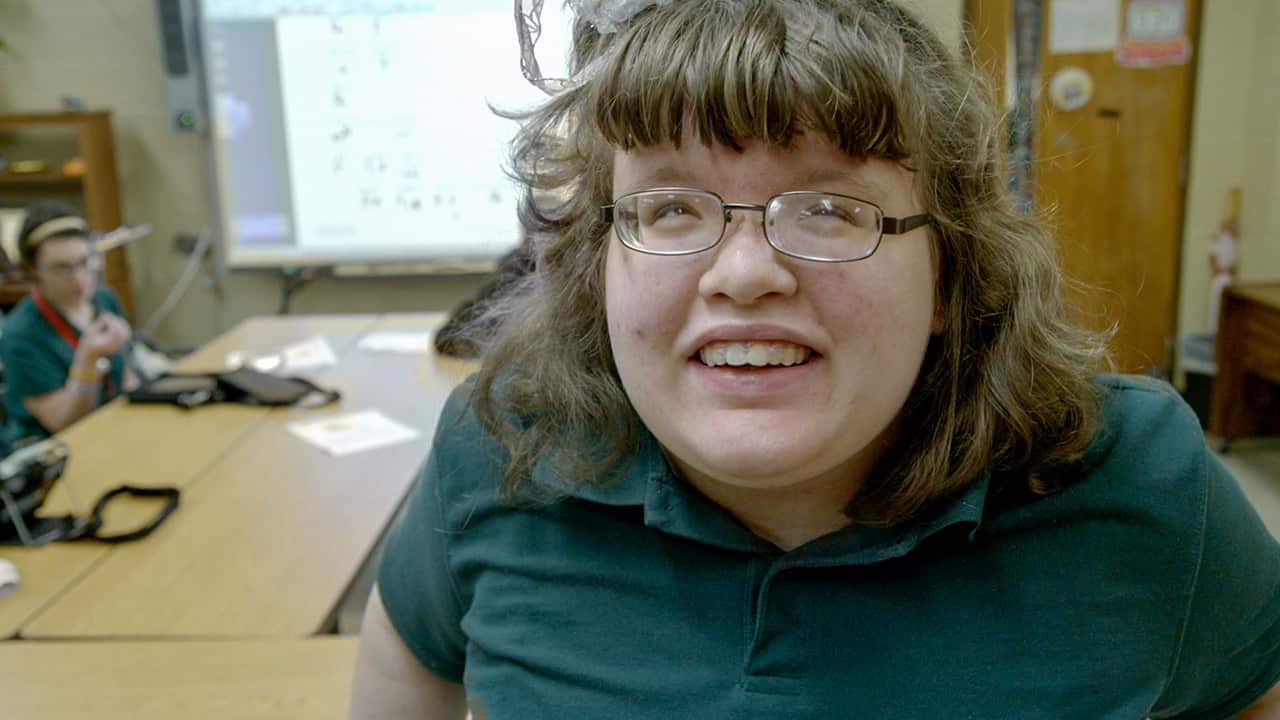What is PLAAFP?
PLAAFP stands for Present Levels of Academic Achievement and Functional Performance. The PLAAFP “paints the picture” of the child’s strengths, needs, supports needed to be successful, and the impact of the child’s disability on their ability to access their least restrictive environment.
Do you all use a general education IEP input form? What questions do you ask the general education teacher?
If the student is attending any general education classes, it is critical to obtain input on the student’s present levels of performance in those classes (academically, behaviorally, and/or socially and functionally). This provides the IEP team with the necessary data to consider any changes that may be needed to goals, behavior plans, or placement. Having an IEP input form or PLAAFP form allows for all teachers to contribute information in a structured way. Your PLAAFP or IEP data-gathering form should include: 1) student strengths, 2) student challenges related to that subject/class, 3) behavior in that subject/class, 4) accommodations and/or modifications and supports that are used in that subject/class for the student to be successful.
How do you ensure that compliance includes the parent’s voice?
There are several ways to ensure that parents have a strong voice in the IEP process. Good practices include having IEP meeting “norms” such as “Every voice counts” and “Participation from all is encouraged.” Some campuses post IEP norms on posters in their IEP meeting rooms. Another good practice is to ask WH- questions to parent(s) during the IEP meeting vs. asking questions in a yes/no format; this encourages parent participation. For example, instead of asking “Does he read at home too?”, try “What is his reading routine at home, and what kinds of things does he like to read?” If an IEP team meeting is predicted to be a challenging one, be proactive and set up a time to call the parent(s) prior to the meeting to hear concerns and gain additional input. That way, the parent feels heard and the school staff can come prepared with any additional documents, scores, or data that may be helpful in moving forward. Finally, always thank the parent(s)/guardian for attending the IEP meeting—they have the strongest knowledge of the student being discussed and their attendance shows their willingness to collaborate and advocate for their child.
Once the IEP has taken place how long should it take to get it signed? What happens if it is never given to the parent to review and sign?
The parent should be given a copy of the IEP. If they are in attendance but are reluctant to sign that day, allow them time to take the document home and review it. If they are not in attendance but allowed the IEP team to convene without their presence, send or mail a copy of the IEP home to the parent. Prior written notice should be provided to the parent of the proposed changes to the IEP regardless of attendance, and this notice should be a part of your IEP compliance process. The prior written notice should notate a time in which the new IEP may go into effect (ex. In 5 school days) whether the parent signs or not, UNLESS the parent 1) waives their days to implement the IEP and wants it implemented right away, or 2) chooses to disagree, in which case the team should come back to the table to meet and discuss concerns. Additional information can be found on the OSEP website and your individual state’s special education page.
What are some good suggestions for behavior collection?
Depending on the student’s behavior, determine what you hope to achieve through a proposed IEP goal; that is, do you want to decrease the frequency of a behavior? The intensity of it? The duration? When you have a goal in mind, choose a data collection method that will give you good baselines. Simple frequency data collection forms such as tally marks per subject and time of day help to determine how often a behavior is occurring per subject/time/teacher. Google forms that can be put on an iPad can help teachers collect data fluidly in classrooms as they monitor and teach students. Again, if the student is out in multiple general education classes, make sure to ask direct questions to each teacher regarding classroom behavior so comparisons can be made. This will also help case managers determine if the behavior is happening more in a particular subject that the student may be struggling in, indicating that the IEP team may need to explore additional accommodations or support in that subject.
Can I cut and paste information from the student’s assessment reports and test scores into the Present Levels, or should I make it a summary?
When completing the present levels of performance (PLAAFP), which will be considered in driving what goals need to be created for the student’s IEP, you may want to add the student’s previous test scores if they are relevant to demonstrating what the child has mastered or shown growth in for the previous year, as well as demonstrating what the child may not have mastered and still needs to work on. When adding in test scores (regardless of subject, area, or related service), remember to explain what the test scores mean in relation to what the grade expectation is so parents/guardians and other members of the IEP team have a clear understanding of test score relevance. Don’t just cut and paste the scores, but explain HOW score performance in specific areas—paired with your other data sources—will be part of the documentation to develop new IEP goals.
Do you recommend that we give a brief description of the child’s personality in the Present Levels of Performance?
The present levels should document the student’s strengths, needs, supports (such as accommodations, modifications, and/or supplementary aids), and how the student’s disability impacts his/her ability to access the general education environment. It should be objective, measurable, and come from a variety of sources. The student’s personality is subjective information. If the student demonstrates challenging behaviors, those too should be written in an objective and data-driven format. If the student is a kind, loving, or humorous student, feel free to stress that information when talking about the student in IEP meeting discussions—parents always enjoy hearing about how sweet or kind their child is!
Do you have any advice for goals and objectives? This is my biggest area of concern.
Goals and objectives should be observable, measurable, and attainable within a year’s time frame for the student (while still being ambitious). Except for some post‑secondary/transition goal exceptions, goals should have four critical components:
- Timeframe
- Condition
- Behavior
- Criterion
For example: By the end of the 2019–2020 school year (timeframe), when provided a visual schedule of her daily routine and asked, “Where do you go next?” (condition), Christina will take her schedule picture and transition independently to the next activity in her day (student behavior) with 100% accuracy in 4 out of 5 trials recorded (criterion).
n2y also has a wonderful, downloadable resource booklet called Understanding and Developing High‑Quality IEPs which provides additional strategies and guidance on writing solid IEP goals and objectives.
What should the IEP look like for students who attend an LEA virtual school? How should services be provided?
The IEP for a student attending a virtual school should still contain the same components as one for a student who attends a “brick and mortar” school. The virtual school, if acting as a school district, is required to ensure the student has access to a free and appropriate public education (FAPE) under IDEA.



